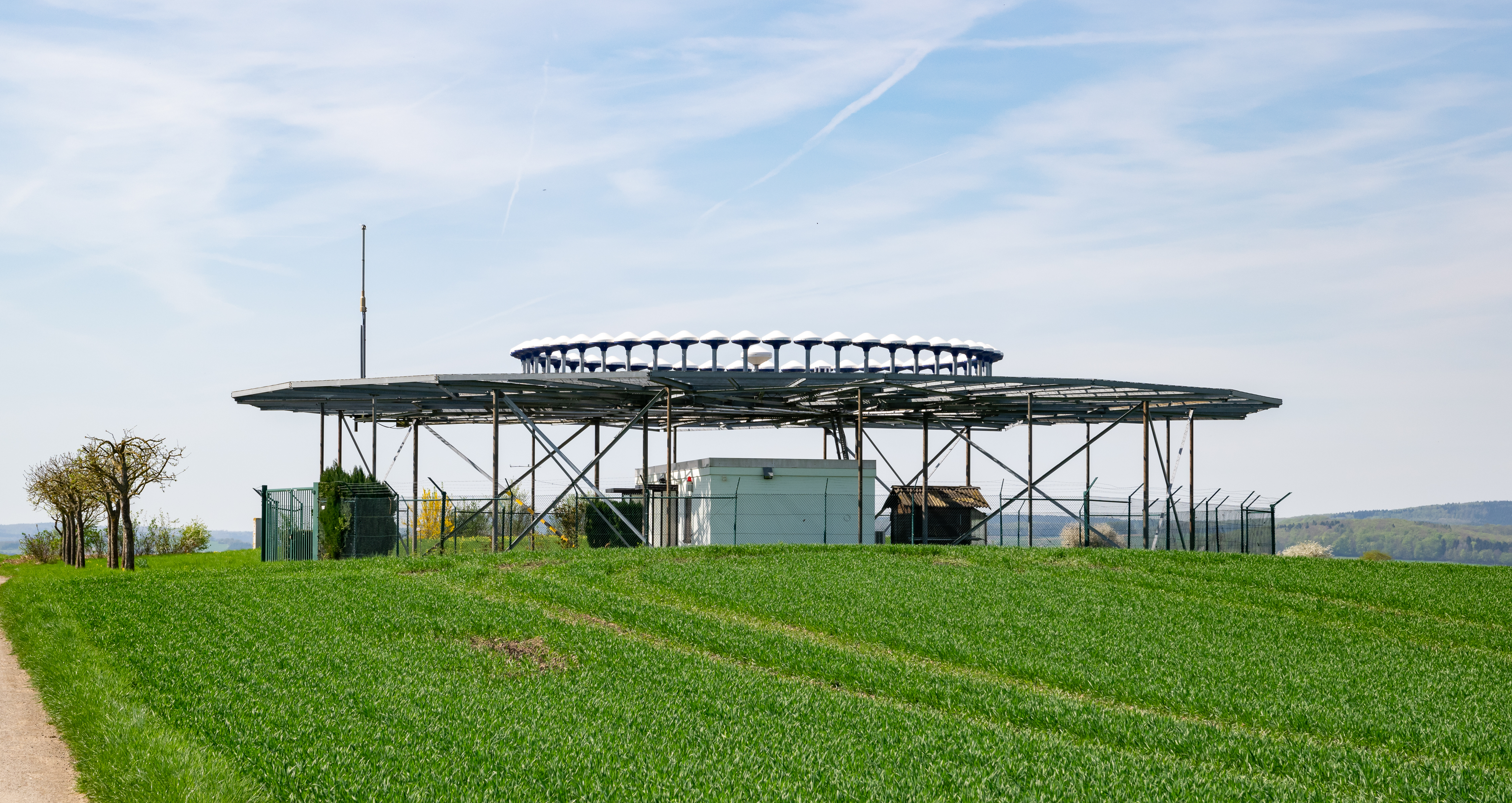VOR-DME on:
[Wikipedia]
[Google]
[Amazon]
 In
In
. It became much more practical with the introduction of low-cost Solid state (electronics), solid state receivers in the 1960s. DME was a modification of During the mid-1960s,
During the mid-1960s,
 In
In radio navigation
Radio navigation or radionavigation is the application of radio frequencies to determine a position of an object on the Earth, either the vessel or an obstruction. Like radiolocation, it is a type of radiodetermination.
The basic principles a ...
, a VOR/DME is a radio beacon
In navigation, a radio beacon or radiobeacon is a kind of beacon, a device that marks a fixed location and allows direction-finding equipment to find relative bearing. But instead of employing visible light, radio beacons transmit electromagnet ...
that combines a VHF omnidirectional range
Very high frequency omnirange station (VOR) is a type of short-range radio navigation system for aircraft, enabling aircraft with a receiving unit to determine its position and stay on course by receiving radio signals transmitted by a network ...
(VOR) with a distance-measuring equipment
In aviation, distance measuring equipment (DME) is a radio navigation technology that measures the slant range (distance) between an aircraft and a ground station by timing the propagation delay of radio signals in the frequency band between 9 ...
(DME). The VOR allows the receiver to measure its bearing to or from the beacon, while the DME provides the slant distance
In radio electronics, especially radar terminology, slant range or slant distance is the distance along the relative direction between two points. If the two points are at the same level (relative to a specific datum), the slant distance equals ...
between the receiver and the station. Together, the two measurements allow the receiver to compute a position fix
Geopositioning, also known as geotracking, geolocalization, geolocating, geolocation, or geoposition fixing, is the process of determining or estimating the geographic position of an object.
Geopositioning yields a set of geographic coordinates ...
.
The VOR system was first introduced in the 1930s, but didn't enter significant commercial use until the early 1950s. It became much more practical with the introduction of low-cost Solid state (electronics), solid state receivers in the 1960s. DME was a modification of
World War II
World War II or the Second World War, often abbreviated as WWII or WW2, was a world war that lasted from 1939 to 1945. It involved the vast majority of the world's countries—including all of the great powers—forming two opposin ...
-era navigation systems like Gee-H, and began development in 1946. Like VOR, it only became practical with the introduction of solid state receivers during the 1960s.
ICAO
The International Civil Aviation Organization (ICAO, ) is a specialized agency of the United Nations that coordinates the principles and techniques of international air navigation, and fosters the planning and development of international a ...
began the process of introducing a standardized radio navigation system for medium-area coverage on the order of a few hundred kilometres. This system would replace the older Low-frequency radio range
The low-frequency radio range, also known as the four-course radio range, LF/MF four-course radio range, A-N radio range, Adcock radio range, or commonly "the range", was the main Radio navigation, navigation system used by aircraft for instrument ...
and similar systems used to navigate over national ranges. A number of proposals were submitted, including ones based solely on angle measurements like VOR, solely on distance measures like DME, combinations, or systems that output a location directly, like Decca Navigator
The Decca Navigator System was a hyperbolic radio navigation system which allowed ships and aircraft to determine their position by using radio signals from a dedicated system of static radio transmitters. The system used phase comparison of ...
and Loran-C
Loran-C is a hyperbolic radio navigation system that allows a receiver to determine its position by listening to low frequency radio signals that are transmitted by fixed land-based radio beacons. Loran-C combined two different techniques to ...
.
VOR/DME eventually won the standardization effort, due to a number of factors. One was that the direct measurement systems like Loran were generally much more expensive to implement (and would be into the 1980s) while Decca had problems with static interference from lightning strikes because of its low 70 to 129 kHz
The hertz (symbol: Hz) is the unit of frequency in the International System of Units (SI), equivalent to one event (or cycle) per second. The hertz is an SI derived unit whose expression in terms of SI base units is s−1, meaning that on ...
frequency. The choice of VOR/DME as a hybrid was due largely to it being easier to measure and then plot on a map. With VOR/DME, measurement from a single station reveals an angle and range, which can be easily drawn on a chart. Using a system based on two angles, as an example, requires two measurements at different frequencies (or using two radios) and then the angles plotted from both on a single chart which may be difficult in a cramped cockpit.
Radio navigation
{{Radio-stub